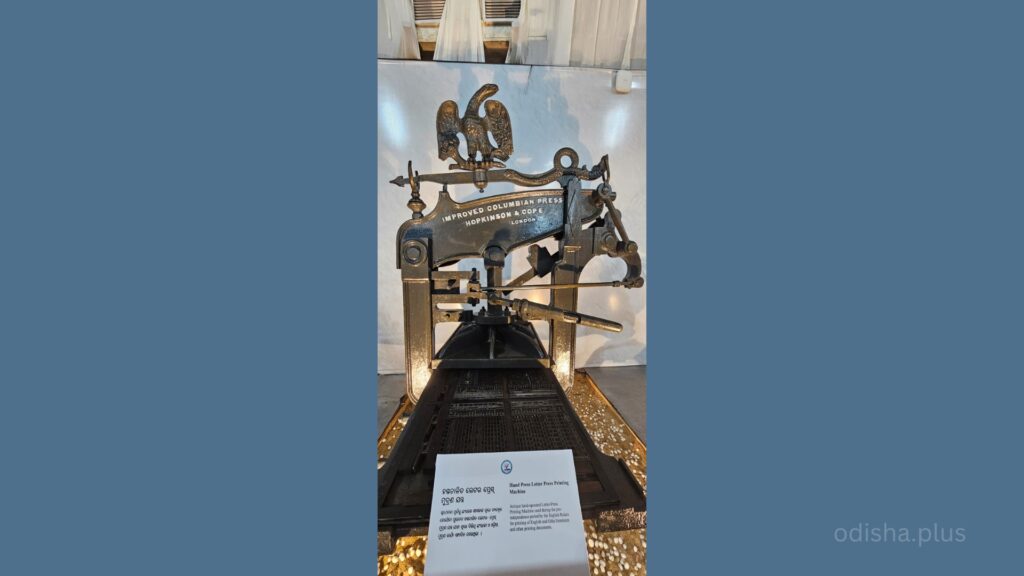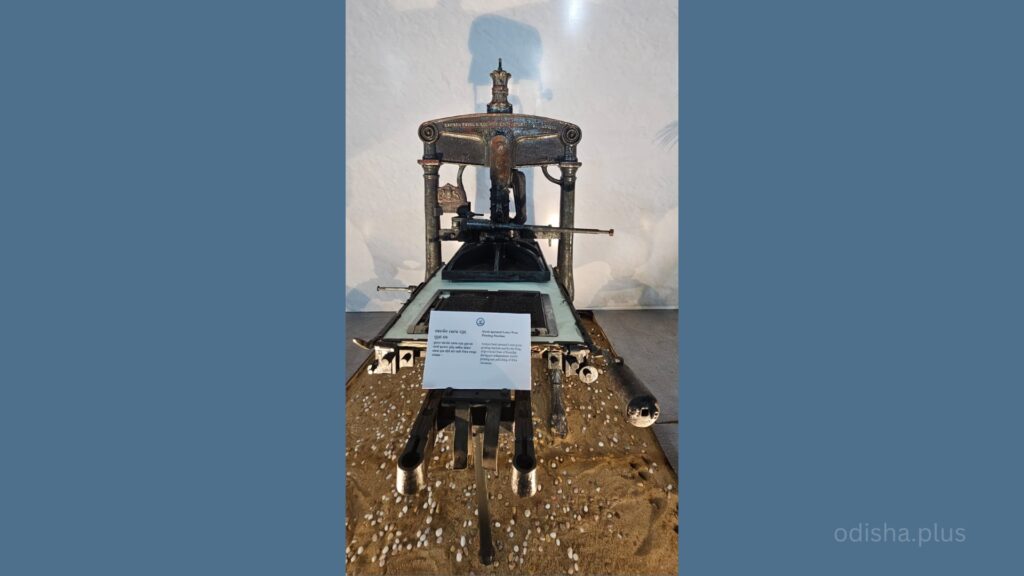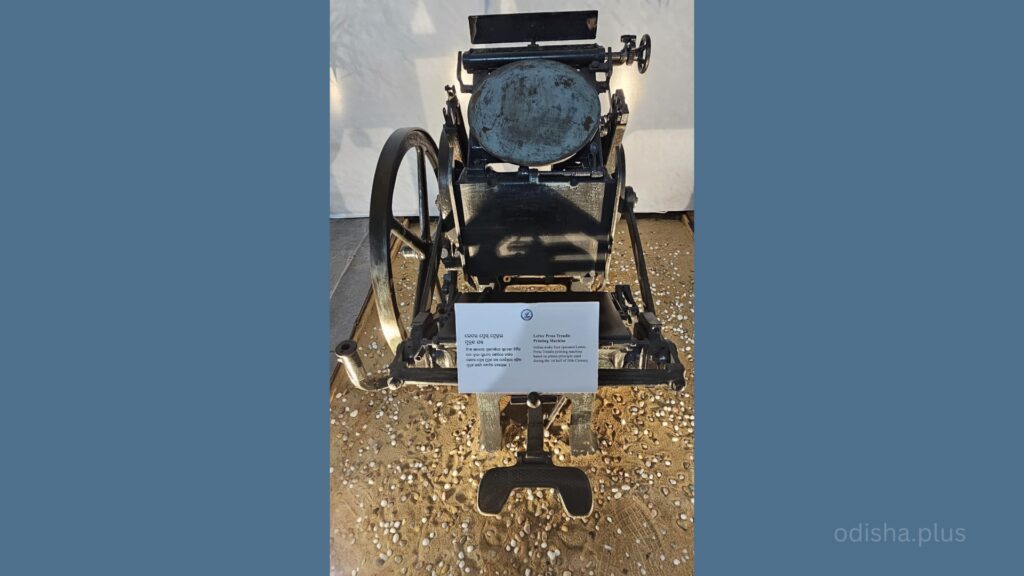Rashmi Rekha Das

The World Odia Language Conference is taking a trip back in time, offering visitors the chance to soak up some of literature’s most important steps of history.
Yes, the carnival takes visitors on a journey through Odisha’s rich printing history to create awareness about how the arrival of the printing press impacted the spread of the Odia language.
In today’s digital era, where information is readily available at our fingertips, it is quite obvious for common mass to forget the impact of printing machines on the development of Odia language and culture. We cannot deny the fact that the ability to produce written material on a large scale has revolutionized communication, education, and made the dissemination process easier.
With WOLC celebrating the glorious history of printing press, let’s embark on a journey through time to explore the fascinating history of printing machines and their role in shaping our language.

Initially human civilization was communicating through oral conversations only. Gradually when they wanted to preserve and record their memories, important happenings, the need of printing was felt. Starting from writing on sand and mud, to the transfer of image or any text from one surface to another gave birth to the basics of printing.
Going by the data collected from WOLC, trace of printing can be witnessed from black clay model at Babylon during 3000 BC during the pre-historic period. The basic idea of printing or transferring image from one surface to another was introduced in China during 868 AD. But 15th century is considered as the golden era of printing with the invention of movable metal types by Johannes Gutenberg during 1454-55 A.D in Germany which is known as father of printing.
To enlighten visitors especially young minds, OW LC has brought some collections of old printing and allied machineries on display. The exhibition showcases development of printing starting from old letterpress process of printing to the digital printing.
The printing machines used by Princely State of Bolangir (1913) and Keonjhar (1934) have been displayed there. Here go the details of the some of the printing machines displayed at the WOLC:

Composing types and racks
Much before India got freedom, Odia lead metal types machine had been used for hand composing and letter press printing. It is learnt that first Odia metal types were casted and used for printing during 1836.
Hand press letter press printing machine
Antique hand-operated letter-press printing machine was in use during the pre-independence period by the British rulers for printing English documents.
Hand-operated letter press printing machine
King of provincial state of Keonjhar used to use the antique hand-operated letter-press printing machine during pre-independence era. It was being used for printing and publishing of Odia literature.
Letter press treadle printing machine
This is a foot-operated printing machine. Based on platen principle, this machine had been used during the first half of 20th century. It was in demand because it was faster than the hand-operated machines.
Talking about evolution of printing machine, Deputy Director of Printing Prabodh Kumar Patnaik said, “These printing and allied machineries including some machines used by English rulers during pre-independence period have been displayed here for the clear understanding of evolution of printing press in Odisha. The printing machines used by the then King of Bolangir and the King of Keonjhar are the centre of attraction.”
Joint Director and Printing Press In-charge Nehru Dhambel said, “We have displayed the printing machine used by British rulers for keeping a record of tax payers and printing small books. When India got freedom British ruler had handed over the machine to the Odisha government. We must admit that the arrival of printing presses served three purposes including printing of journals, publication of text books and development of literature.”























The World Odia Language Conference’s initiative to delve into Odisha’s printing history is truly fascinating. By exploring the impact of the printing press on the spread of the Odia language, the conference not only educates but also preserves the cultural heritage of the region. Such endeavors are invaluable in fostering a deeper appreciation for language and history. Similarly, in places like Schools in Jalahalli where educational institutions play a crucial role in preserving cultural identities, initiatives that promote language and cultural awareness can greatly enrich the learning experience for students.